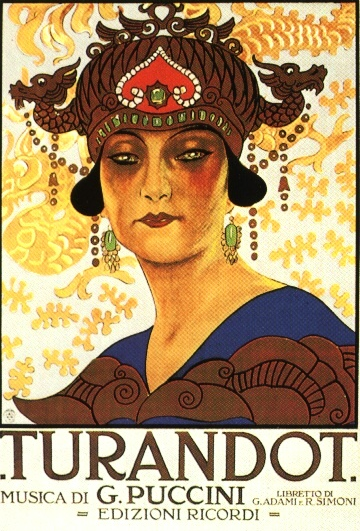Contro il dominio del canone eterosessista. Una rilettura queer del personaggio di Turandot
by Marta Riccobono
This article proposes a re-reading of the literary character of Turandot through the perspective of gender studies and queer theory, with particular reference to the works of Judith Butler and Eve Sedgwick. The tragicomedy Turandot, brought to the stage by Carlo Gozzi in 1762, and the homonymous Puccinian melodrama, represented for the first time at the Scala in 1926, are dissected and examined so as to reveal the ideological superstructure that, as the direct descendant of a patriarchal and heterosexist logic, has influenced the character’s reception among audiences as much as the playwrights’ narrative elaborations to bring the character of Turandot into the realm of a “correct,” and therefore easily grasped, femininity. This analysis
starts from the foundation that Turandot is the carrier of an unsettling femininity that openly challenges the canons of gender by refusing marriage and motherhood as social institutions that act coercively on female bodies to mark them as “Other” when compared to the realm of the masculine that dominates and defines them. In order to liberate this character from these strategies of subordination, this article attempts to renarrate the story of Turandot by accepting its inherent “monstrosity,” an element that both Gozzi and Puccini have tried to suffocate through normative measures capable of transforming the cruel princess in a “woman who is truly woman.” This article posits that Turandot embodies a queer femininity that feeds on
contaminations and that evades any univocal determination. Because of this trait, this article seeks to compare this character to the cyborg theorized by Donna Haraway so as to make her the protagonist of a political myth bent on breaking the stifling barriers of the heterosexist binary.

